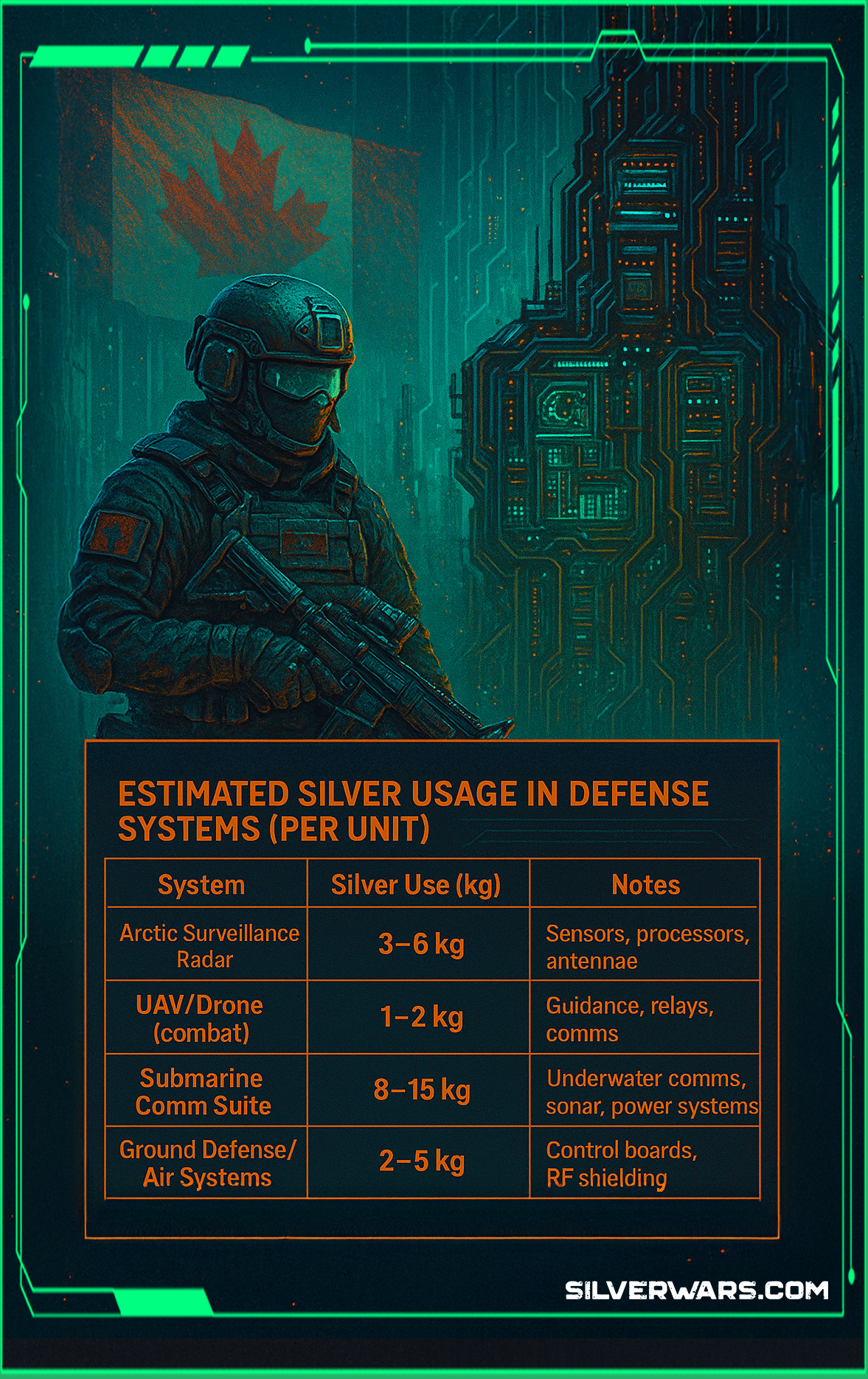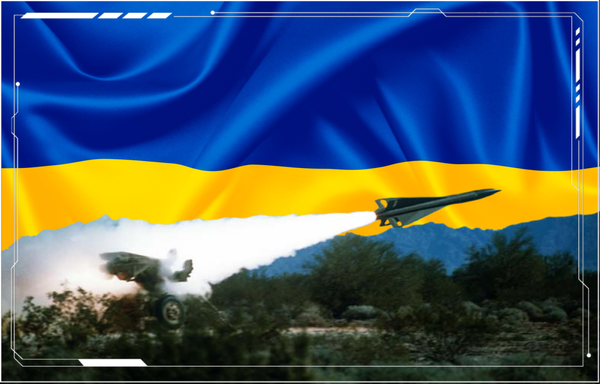If you think the April 28 Canadian Federal election is just about taxes and TikTok bans, think again. It’s about Arctic ports, rare earths, drone fleets, and maybe—just maybe—a slow pivot to becoming the U.S.’s next silver pipeline in a militarized North. Because while Trump’s been on a tariff bender and flirting with 51st state fantasies, Canada just decided it’s not rolling over. And if Liberal leader Mark Carney wins (which it looks like he will), this election marks a point of no return.
Carney’s campaign doesn’t read like your average Liberal platform. It reads like a national security doctrine. One that calls out Trump by name, forecasts a cold trade war, and lays out a militarized roadmap that includes ports, airstrips, radars, AI—and an economy built for internal resilience and external leverage.
And in this equation? Minerals matter. Especially silver.
Canada’s Arctic Playbook Is a Resource Power Move
Carney’s four-pillar platform—Unite, Secure, Protect, Build—sounds benign. But peel it back and what you get is a vision for Canada as a sovereign fortress armed with its own weapons, its own supply chains, and its own political will.
Canada’s Military Modernization Goals (2025–2030)

This isn’t abstract budgeting. It’s targeted buildup, especially across Canada’s northern frontier where rare earths, critical metals, and shipping lanes intersect with geopolitical powder kegs. Russia’s expanding icebreaker fleet. China’s pitching mining deals to Indigenous communities. And the U.S.? Trump is still posting about buying Greenland.
Militarization + Infrastructure = Silver Demand
Let’s get to the silver. Carney’s platform emphasizes domestic weapons systems, drones, submarines, and AI systems—most of them built or sourced from Canadian firms. That means local manufacturing, and that means sourcing strategic materials from within or friendly partners. This changes everything.

Silver is baked into military and robotics hardware. It’s in:
- Circuit boards for guidance systems
- Solder in drones and radar terminals
- Conductive layers in batteries and sensor suites
- Communication hardware for over-the-horizon targeting
The demand is layered and constant. And with U.S.-Canada military coordination intensifying under NATO, Canada’s defense sector could quietly become a pipeline of silver-demanding tech for allied supply chains.

Estimated Silver Usage in Defense Systems (Per Unit)

Scale that up to a military expanding across Arctic, coastal, and domestic theaters? That’s not just national defense—that’s a multi-ton silver pipeline.
Strategic Autonomy: Canada Says “No Thanks” to U.S. Hardware

Here’s the sharpest twist: Carney’s plan isn’t to meet NATO obligations by buying American weapons. It’s to build Canadian. That’s huge. Not just because it slaps Trump’s "Buy American" rhetoric back at him, but because it resets how and where resource demand shows up.
- Drones? Possibly canceling MQ-9B orders, building Canadian-made UAVs through Canadian UAVs Ltd.
- Artillery? Replacing U.S. M777s with Canadian-made 155mm howitzers, which use silver azide.
- AEW&C Aircraft? Eyeing Bombardier-led alternatives to U.S.-made E-3 systems.
This keeps tech sovereignty intact and anchors long-term demand for silver, copper, and rare earths within Canadian borders.

Arctic Expansion = Mineral Control
The manifesto also reads like a land-and-resource strategy. Canada plans to:
- Build out Grays Bay Port and Road
- Open Nanisivik Naval Facility in Nunavut
- Invest in Qikiqtarjuaq port and hydroelectric projects
- Reinforce military presence in areas where critical minerals have already been discovered

Let’s not kid ourselves. This isn’t just about sovereignty—it’s about who gets to mine, move, and militarize mineral supply lines. Silver provides for military superiority and its a race for control over the new Artic region.
With U.S. defense demand surging and domestic mining tangled in regulation, a fortified Canadian defense economy might become the new strategic metals plug. That includes silver. If Canada’s military buildup shifts to localized manufacturing and NATO-scale exporting, demand could skyrocket—and with it, pressure on domestic and allied silver stockpiles.

Canada’s Got the Metals, the Manufacturing, and the Motive
This election isn’t just about Carney vs. Trump—it’s about who controls the next-generation war economy.
Carney’s plan positions Canada as a self-reliant security state, not just aligned with NATO but leveraging it. That means making Canadian silver, copper, and cobalt not just tools of industry—but of sovereignty.
If this platform holds, physical silver holders shouldn’t just be watching U.S. demand curves. They should be watching Arctic port construction contracts, Canadian drone specs, and the supply agreements written between Ottawa and Brussels.
Because if Canada becomes the arsenal of the northern democracies, silver demand won’t just rise. It’ll move north.
And that’s a map redrawing worth watching with both eyes open.









